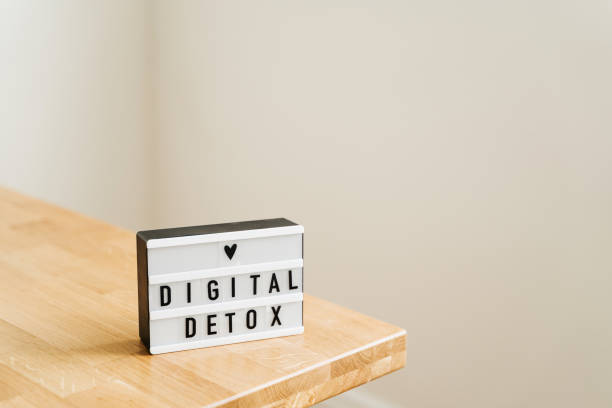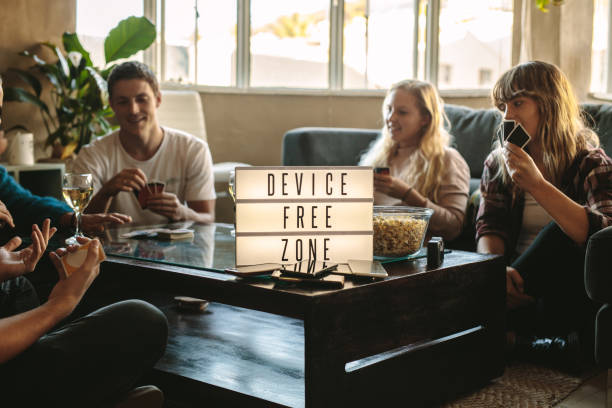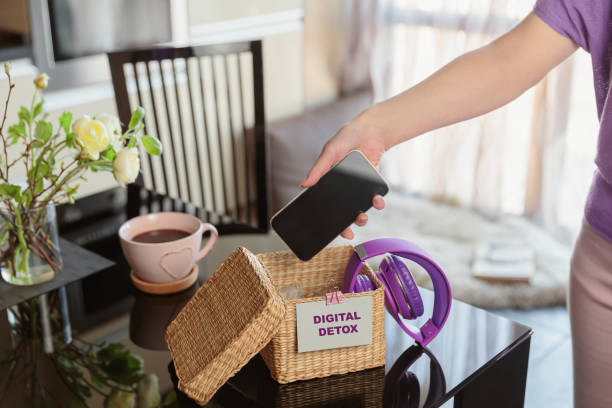Table of Contents
In our increasingly digital world, constant connectivity can have a significant impact on our mental health and well-being. Digital detox, a practice of intentionally disconnecting from technology for a period of time, has gained popularity as a way to reduce stress, improve focus, and enhance overall quality of life.

Understanding Digital Detox
Digital detox involves taking a break from screens such as smartphones, computers, and tablets. It doesn’t mean completely abandoning technology, but rather taking a conscious step back to disconnect and recharge. The duration of a digital detox can vary from a few hours to several days, depending on individual needs and preferences.
Benefits of Digital Detox
- Reduced Stress and Anxiety: Constant exposure to screens and digital information can contribute to feelings of stress and anxiety. Taking a break from technology can help reduce these negative emotions.
- Improved Sleep: Excessive screen time, especially before bed, can disrupt sleep patterns. Digital detox can help you establish healthier sleep habits and get better quality rest.
- Increased Focus and Productivity: When you’re constantly bombarded with distractions from technology, it can be difficult to concentrate and be productive. Digital detox can help you improve your focus and get more done in less time.
- Enhanced Relationships: Spending time with loved ones without the distraction of technology can deepen your connections and improve your relationships.
- Increased Creativity: Taking a break from screens can stimulate creativity and allow your mind to wander and explore new ideas.
- Improved Mental Health: Digital detox can help reduce symptoms of depression and anxiety, and improve overall mental well-being.

Tips for a Successful Digital Detox
- Set Clear Goals: Decide what you want to achieve with your digital detox. Whether it’s reducing stress, improving sleep, or simply disconnecting to recharge, having clear goals will help you stay motivated.
- Choose a Suitable Time: Select a time for your digital detox that will allow you to fully disconnect and avoid distractions. Consider choosing a weekend or a vacation.
- Plan Activities: Decide what you will do during your digital detox. This could involve spending time in nature, engaging in hobbies, reading books, or simply relaxing.
- Inform Loved Ones: Let your friends and family know about your digital detox plans so they can understand and support you.
- Be Prepared for Challenges: It’s normal to experience withdrawal symptoms during a digital detox, such as restlessness or anxiety. Be prepared for these challenges and remind yourself of the benefits of disconnecting.
- Gradual Reintegration: After your digital detox, gradually reintroduce technology back into your life. This will help you avoid feeling overwhelmed and maintain a healthy balance.

Conclusion
Digital detox can be a powerful tool for improving mental health and well-being. By taking a break from technology, you can reduce stress, improve focus, and enhance your relationships. Experiment with different digital detox strategies to find what works best for you and make it a regular part of your self-care routine.

